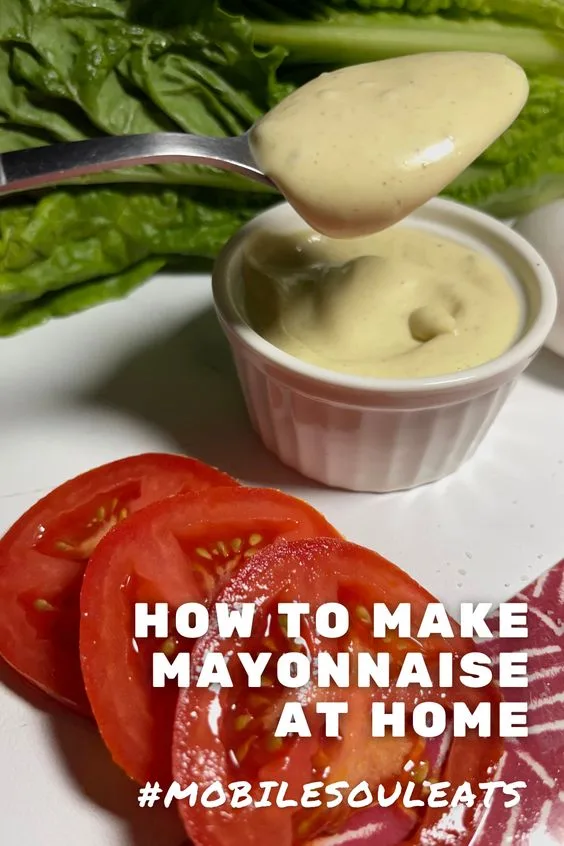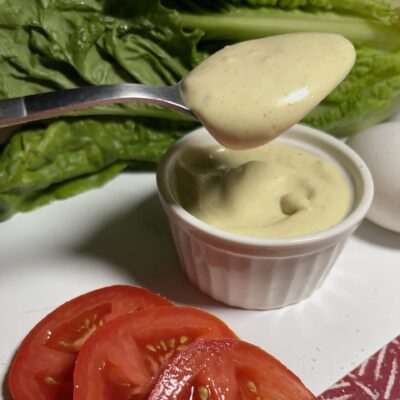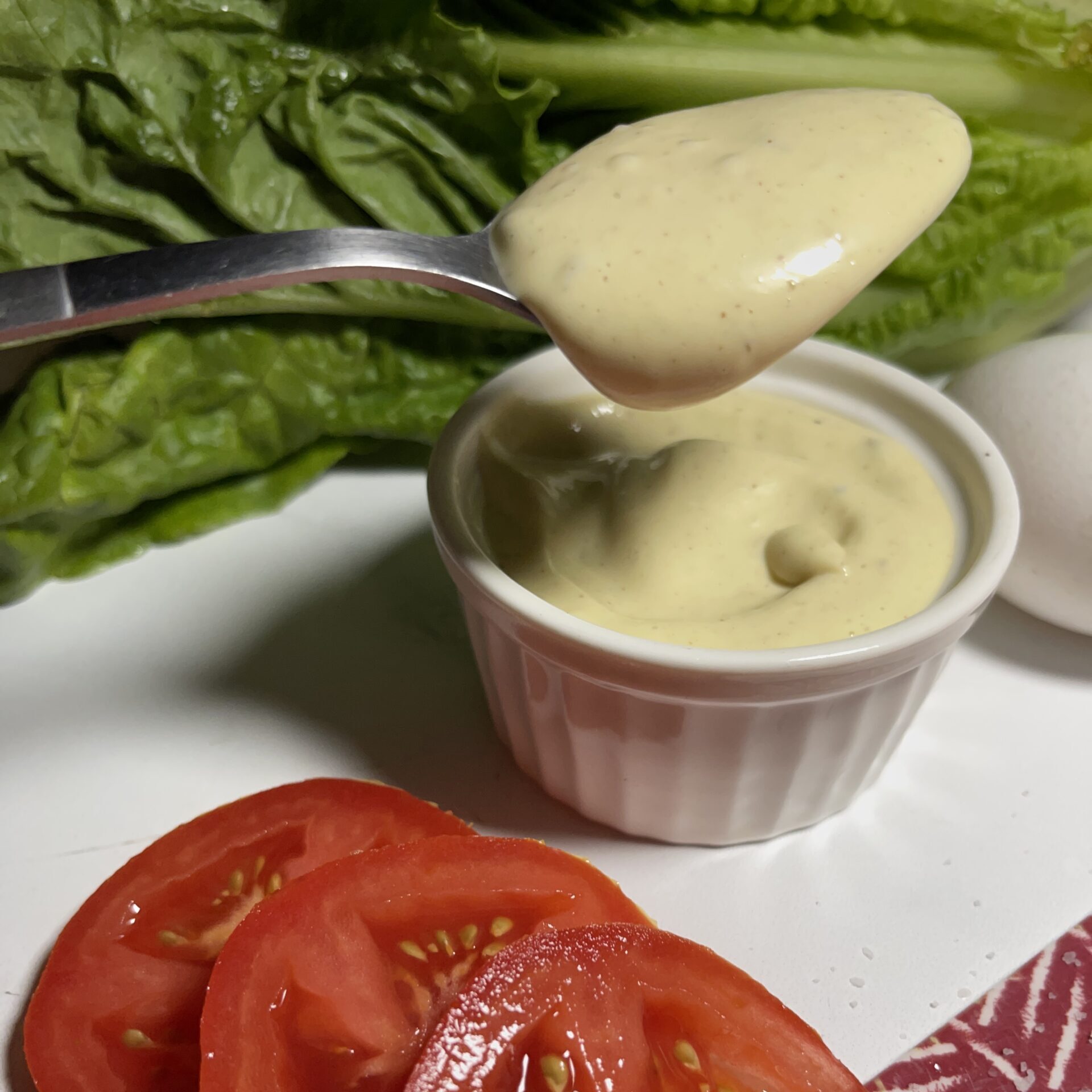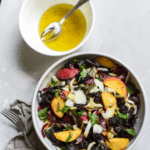Homemade mayonnaise has so many benefits over store-bought varieties. It has a lighter taste and is much healthier than commercial brands. It’s also much cheaper to make your own, especially if you already have a few eggs on hand. There are a few things you must know in order to successfully make mayonnaise at home. Keep reading to learn how!
What is mayonnaise?
Mayonnaise is a creamy condiment typically used as a topping on salads and sandwiches, or as a sauce for seafood, vegetables, and more. It’s made by combining oil and egg yolks, with a bit of vinegar or lemon juice to set the flavor. You can also add some mustard for additional flavor. Mayonnaise is also a great base for many other sauces and dressings. You can make a homemade ranch dressing by adding herbs and seasonings, or you can use it as a binder for homemade bacon jam. It’s a versatile ingredient that you can use in so many different ways.
Your grocery list
– Egg yolks: Egg yolks are the base of any mayonnaise. Depending on the recipe, you’ll need 2 to 4 yolks per 1 cup of oil. (Can I tell you a secret? The recipe will still work if you don’t feel like getting remove the egg whites.)
– Oil: The oil you use will affect the taste of your mayonnaise. You can use a neutral oil like canola or vegetable oil, or you can opt for a more flavorful oil like olive or avocado oil. You can also make a vegan mayo by using sunflower seed oil.
– Vinegar or lemon juice: You’ll need some sort of acidic liquid to set the flavor of your mayo. Mayonnaise is made with a ratio of 1 to 1, by volume, of oil to vinegar or lemon juice.
– Salt: The mayo will taste bland without salt. Add salt to taste, but keep in mind that the flavor will be stronger once it’s completely mixed.
– Dijon mustard: Mustard is an emulsifier, meaning it helps keep the oil and the vinegar in the mayonnaise from separating. This is an optional ingredient, but it helps with making a more stable mayo without having to be extremely careful about how quickly the oil is added.
Equipment/tools you’ll need to make mayonnaise
– Bowl: An egg yolk won’t whip up into mayonnaise without vinegar or lemon juice added to the bowl, so you’ll need a bowl to make the mayo.
– Whisk, immersion blender, or food processor: for whipping the ingredients together into a mayonnaise. The whisk will take some extra elbow grease to get the job done, but it will work in a pinch.
– Fine-mesh strainer: You can strain the mayonnaise through a fine-mesh strainer to get rid of any clumps and make the mayo more creamy.

How to make mayonnaise: Step by step
- Measure out your egg yolks and oil. You’ll need about 1 yolk for every 1 cup of oil. For example, if you want to make 2 cups of mayo, you’ll need 2 egg yolks.
- Whisk/blend eggs quickly. Add the vinegar or lemon juice to the yolks. Using the ratio of 1 to 1, add 1 tablespoon of vinegar or 1 teaspoon of lemon juice per yolk. So, from the previous example, the 2 cups of oil and 2 eggs would need either 2 tablespoons of vinegar OR 2 teaspoons of lemon juice.
- Whisk/blend again so the eggs mix with the other liquid.
- Slowly whisk in oil. Stir the mixture constantly while slowly adding the oil.
- When you’ve added all the oil and the mayo is thick enough to coat the back of a spoon, transfer to an airtight container to store in the fridge for up to 2 weeks.
FAQs: Is making mayonnaise at home healthier? Is it worth the effort?
Making mayonnaise at home is much healthier than opting for store-bought varieties, as most commercial brands contain unhealthy preservatives and additives. That being said, commercially sold mayo made with high-quality, non-GMO ingredients (such as Sir Kensington’s) is delicious and much healthier than most brands. If you don’t have the time or energy to make homemade mayo, you don’t have to. Just remember that it’s always best to make your own when you can!
Homemade Mayonnaise
Equipment
- Mixing bowl
- Immersion blender food processor or whisk
Ingredients
- 2 eggs
- 2 tablespoons red wine vinegar
- 1 tablespoon dijon mustard
- 2 cups of vegetable or canola oil
Instructions
- Start by cracking 2 eggs into a bowl and whisking them together until they are blended.
- Add vinegar and dijon mustard (if using).
- Slowly drizzle in oil one drop at a time while whisking. Continue adding oil very slowly until the mayonnaise begins to thicken then you can begin adding it a little more quickly. Don’t stop whisking/blending until all of the oil is fully incorporated.
- The mayo can be stored in a sealed container in the fridge for up to a week.
Notes
- For richer mayonnaise, use just egg yolks. For easier mayonnaise, feel free to use the egg yolk and egg white.
- If you want to make a flavored mayo, like garlic mayo, add a crushed clove of garlic to the bowl with the eggs. You can also add spices or sweeteners, like a little bit of nutmeg or cinnamon.
- You want to use a neutral oil, like canola oil, vegetable oil, or sunflower seed oil. You can also experiment with more flavorful oils, like olive oil or avocado oil, just keep in mind that the mayo will have a stronger flavor.
- Once the mayo has cooled, you can add it to salads, sandwiches, or any other dish that you want to top with it. The mayo can be stored in a sealed container in the fridge for up to a week.






Leave a Reply